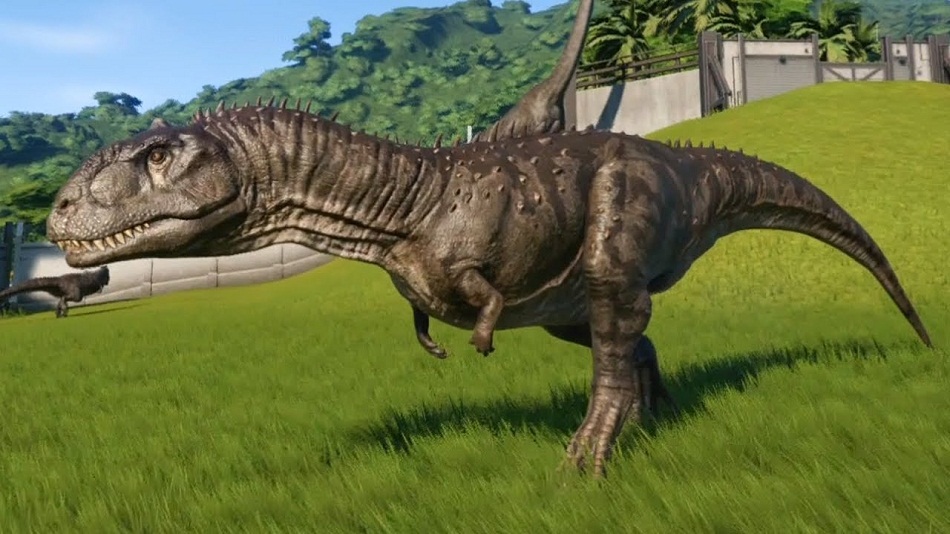

The Majungasaurus, scientifically named Majungasaurus crenatispinis, is a genus of theropod dinosaur that lived on the island of Madagascar around 70 to 66 million years ago. It was first described in 1896 based on fragmentary remains, but it wasn't until the 1990s that more complete specimens were discovered, allowing for a better understanding of its anatomy and biology.
🦕 Physical Characteristics
The Majungasaurus was a medium-sized theropod, reaching lengths of up to 7 meters (23 feet) and weighing around 1.5 tons. It had a robust build with powerful legs and a long tail. One of its most distinctive features was its skull, which was elongated and narrow, resembling that of a spinosaurid. The Majungasaurus also had a sail-like structure on its back, formed by elongated neural spines.
🦕 Diet and Hunting Behavior
The Majungasaurus is believed to have been a carnivore, feeding primarily on other dinosaurs that inhabited Madagascar during the Late Cretaceous period. Its long, narrow skull and sharp teeth suggest that it was well-suited for catching and killing prey. While the exact details of its hunting behavior remain a mystery, it is possible that the Majungasaurus used its powerful legs and tail to chase down and kill its victims.
🦕 Paleobiology
The Majungasaurus is known to have lived in a terrestrial environment, living forests and grasslands on the island of Madagascar. It shared its home with other dinosaurs, like the sauropod Rapetosaurus and the hadrosaur Sahalfasaurus. The discovery of multiple individuals of Majungasaurus at a single site has led to speculation about the possibility of cannibalism. While there is no definitive evidence to support this theory, it remains a fascinating possibility.

🦕 Cultural Significance
The Majungasaurus has become a popular figure in popular culture, appearing in books, movies, and video games. Its unique appearance and enigmatic nature have fired the imagination of fans around the world. The discovery of the Majungasaurus has also gave us a greater understanding of the dinosaur diversity of Madagascar and the Late Cretaceous ecosystem.
🦕 Conclusion
The Majungasaurus is an awesome dinosaur that continues to fascinate scientists and the public alike. Its spinosaurid-like skull, robust build, and sail-like structure make it a truly one-of-a-kind predator. As more research is conducted on this fascinating creature, we can expect to learn even more about its biology, behavior, and role in the course of Paleontology, Dinosaur Training and Dinosaur Care!
Written by,
